Rio de Janeiro, in south-east Brazil, is one of South America’s most famous hubs of energy and excitement. Rio fills the narrow strip between the Atlantic Ocean and the Serra do Mar coastal forest and is home to around sixteen million people. In Rio de Janeiro, the soft glow of dawn reveals golden shores, and an urban jungle dotted with mountain peaks.
At an early hour, the coastline of Rio is a sea of serenity, but soon enough, starting at 8am or 9am, energetic locals fill the scene. Rio’s seductive reserved beaches have a rejuvenating effect that appeals to everyone. With each sunrise, the city readies itself to put on a brand-new show. Cariocas, as the residents are known, take pride in expressing themselves in less conventional ways, such as some amazing street paintings exposed all around Rio.
CHRIST THE REDEEMER
The city’s main house of worship is unorthodox. The Metropolitan Cathedral of Saint Sebastian is modeled after a Mayan temple, a staircase to the sun. But it’s the statue of Christ the Redeemer that takes center stage on Rio’s skyline. Take the 20-minute ride through the Tijuca rainforest to the top of Corcovado Mountain, and stand at the feet of this world-famous landmark.
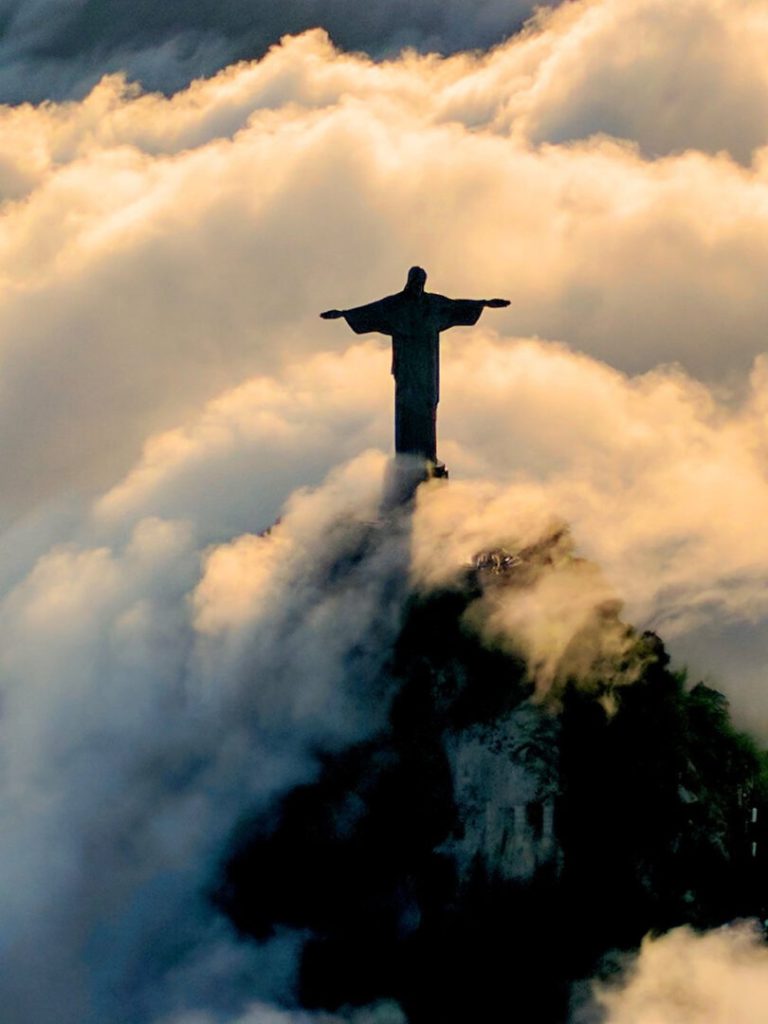
With arms outstretched in a gesture of peace, this statue of Jesus gazes down upon all of Rio, from the waterfront neighborhoods, to the poor “Favelas” that cling to the mountain slopes.
CABLE CAR TO SUGARLOAF MOUNTAIN
Just across the water lays Rio’s most iconic peak, Sugarloaf Mountain. Hang on tight, as the cable car carries you to the lookout, then relax and enjoy the views over the city, bay, and beaches below.
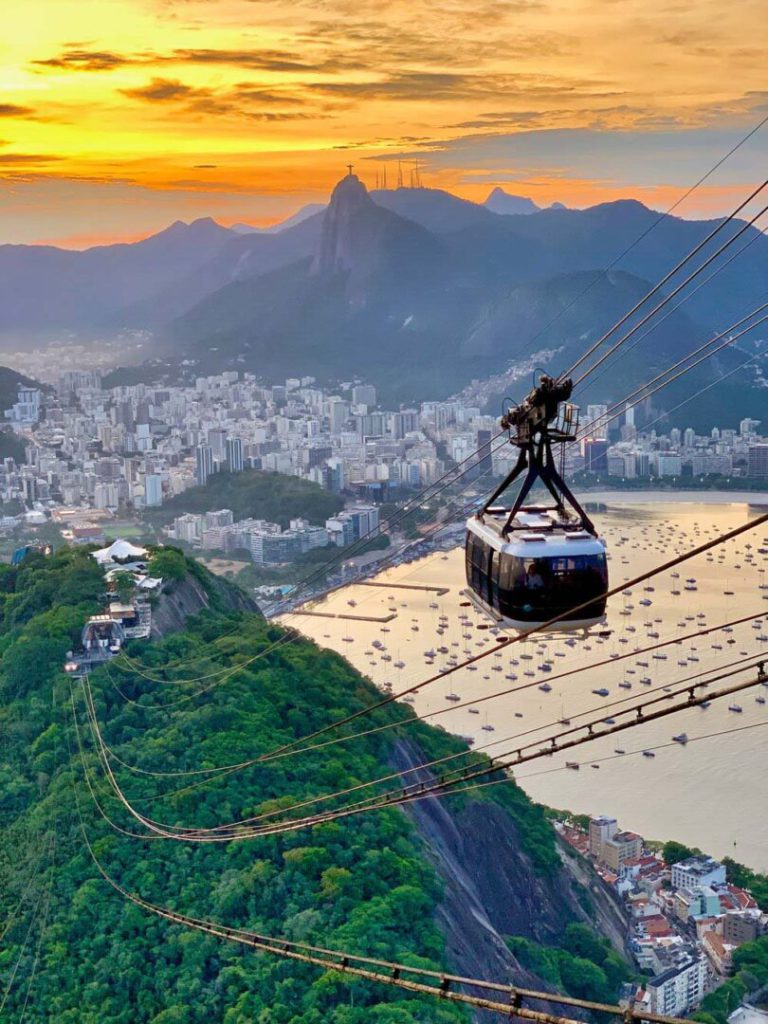
COPACABANA BEACH
People from all walks of life are drawn to Rio de Janeiro’s most talked about beach: Copacabana. It’s usually packed with sun worshippers, but you can always find room to move out on its calm waters. If you are looking for waves, head out to Prainha.
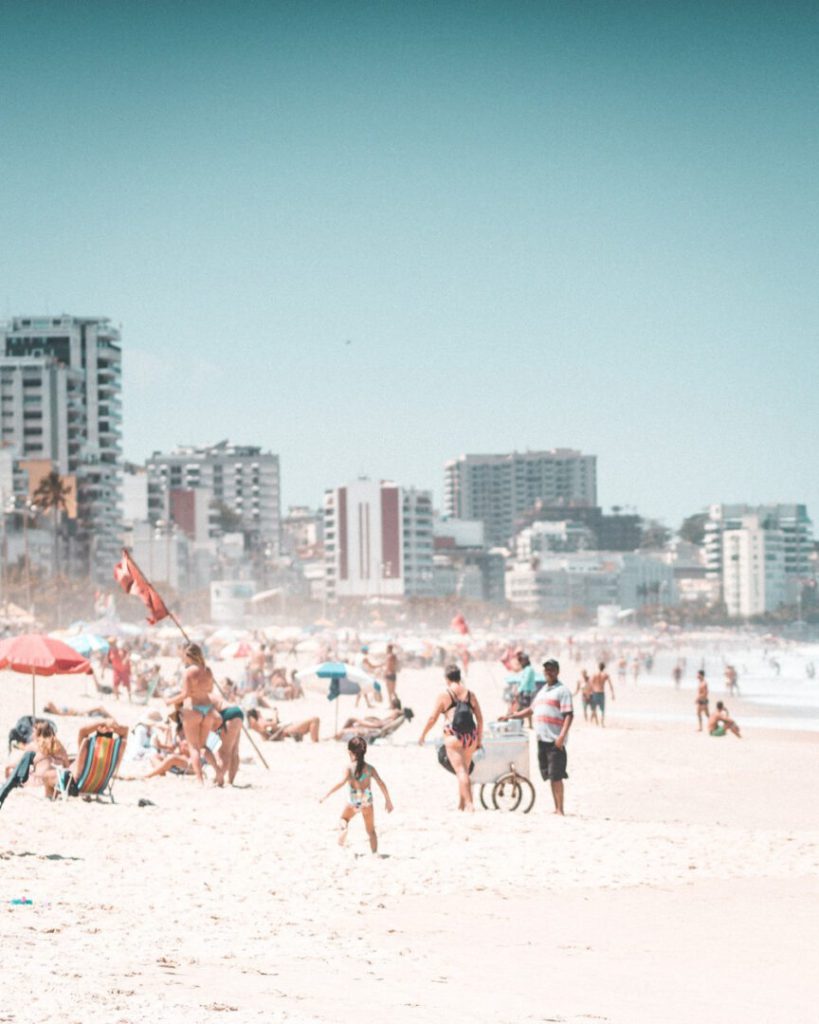
This protected eco-park lacks high-rise hotels and is a nice contrast to Rio’s other beaches. Closer to downtown, Barra da Tijuca, and Ipanema Beach, are great places for a quick game of football, or a game of volleyball with the locals.
EXPERIENCE THE LOCAL CULTURE
In Ipanema, shop for souvenirs at the Sunday Hippie Fair. Or join the dancers during the street parties that often erupt here around Carnaval and New Year. At times it’s as if Rio is one big parade of Samba, Capoeira and Carnaval!
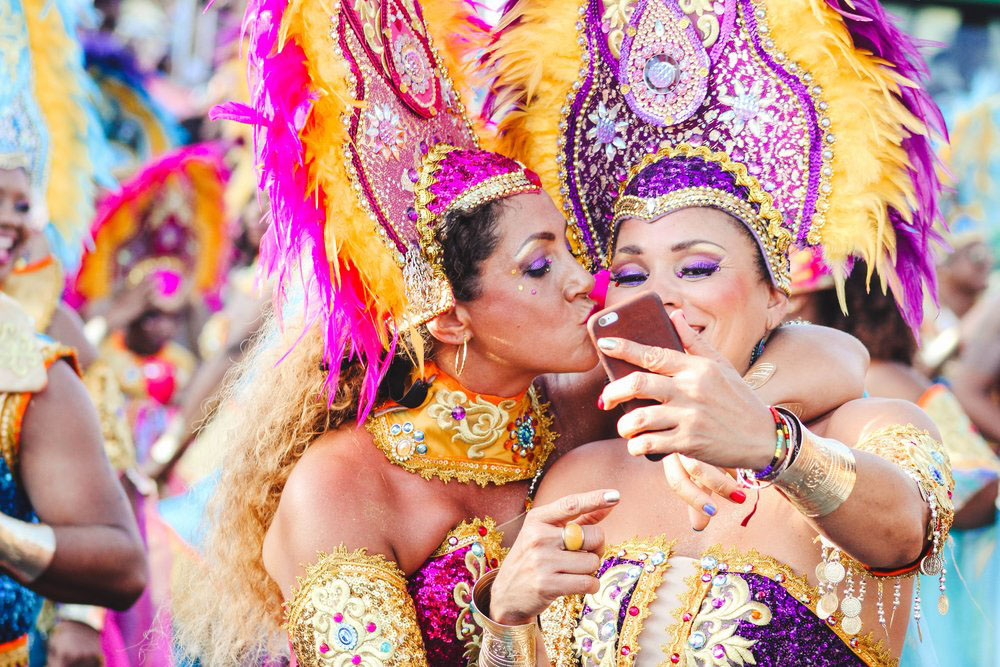
CINELÂNDIA & THE MUNICIPAL THEATER
In the heart of the city, is Cinelândia. This historic square is home to the eclectic Municipal Theater and the National Museum of Fine Arts. Admire works by some of Brazil’s greatest artists. And see how the Portuguese left their mark on this city when they first arrived on New Year’s Day in 1502. Discover Brazil’s pre-colonial times, at the National History Museum. Located close to the port, the building was once part of the city’s defenses.
PARQUE HENRIQUE LAGE
Rio is blessed with elegant public parks, such as Parque Henrique Lage. The formal gardens of Quinta da Boa Vista surround the Imperial Palace, the home of Brazilian royalty before the country declared itself a republic.
The local lust for life is reflected in the cuisine, whether it be a traditional feast of grilled meat, or simply a cool drink straight from a coconut.
MARACANÃ FOOTBALL STADIUM
But of course, nothing ignites the passion of Rio’s residents like football. Even between games, a visit the Maracanã Football Stadium will give you a taste of this national obsession. If you were around in 2014 or 2014 and you bet in sports, either in a physical or online sportsbook, you surely remember Rio as the venue for two main sports events.
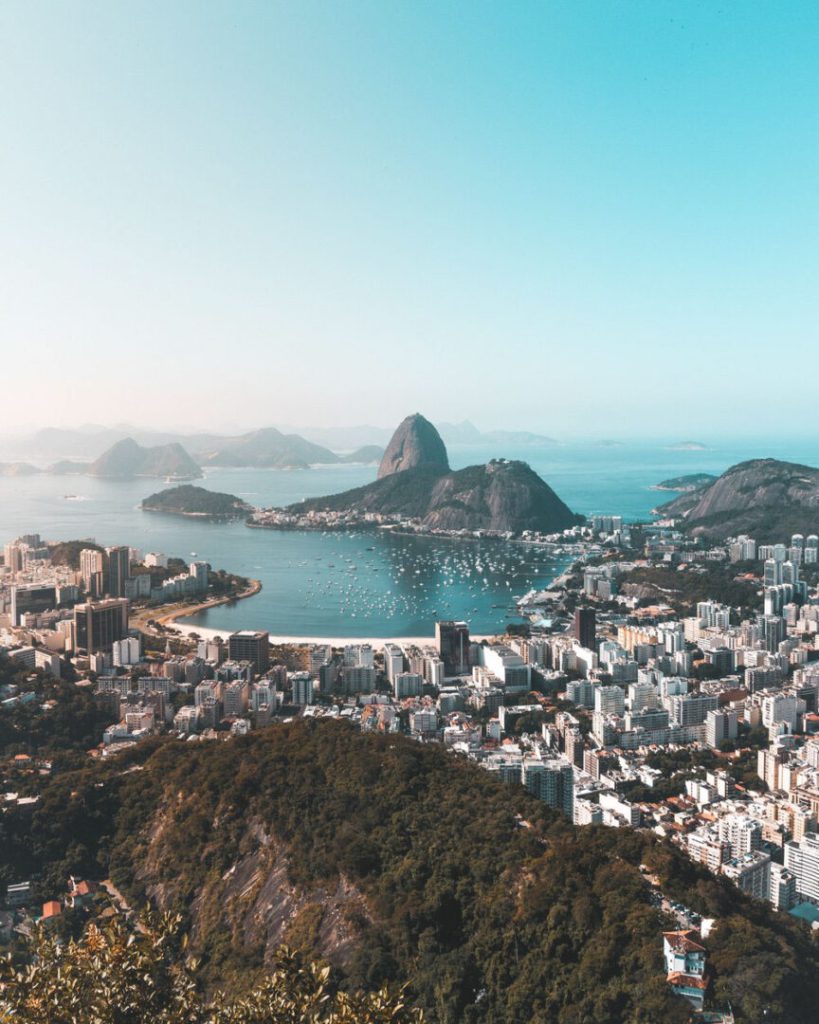
In 2014 the soccer World Cup, which Brazil lost 7×1 to Germany in a dramatic way, and in 2016 the Olympic Games.
Don’t leave Rio before walking the Selarón Steps. The eccentric artist Jorge Selarón devoted much of his life, paving the way for a more colourful passage from the bohemian Santa Teresa area, to the nightlife district of Lapa. Tiles were donated from all over the world, resulting in a remarkable mosaic.
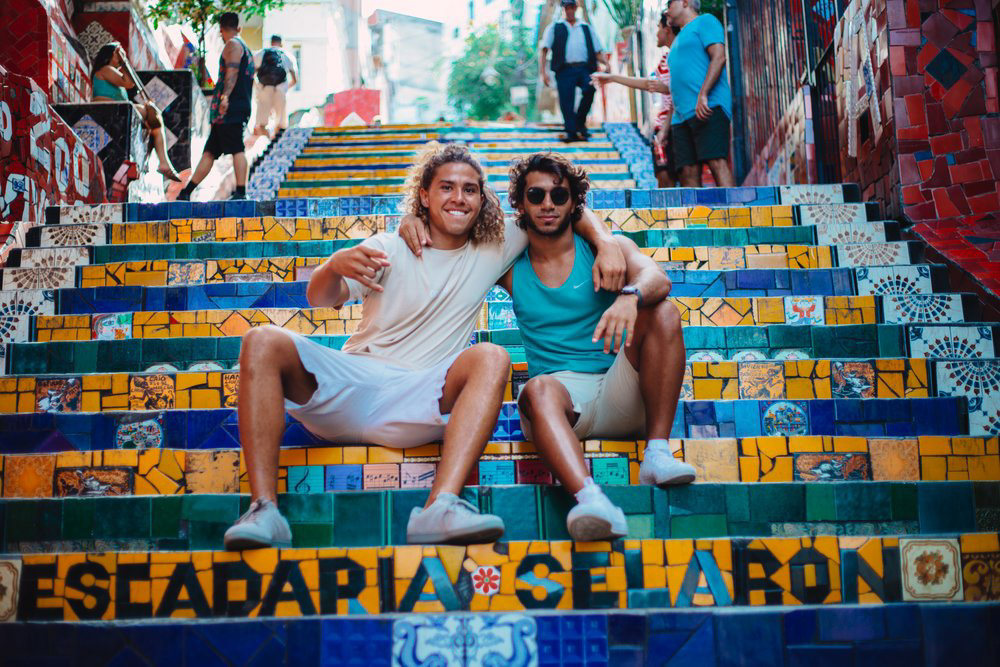
No wonder they call Rio de Janeiro the “Cidade Maravilhosa”, “The Marvelous City”. Seeing the sun set over Guanabara Bay, is like watching the finale of a spectacular show.


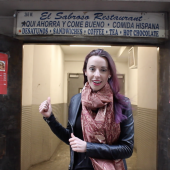





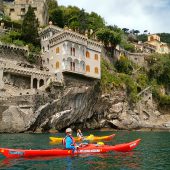


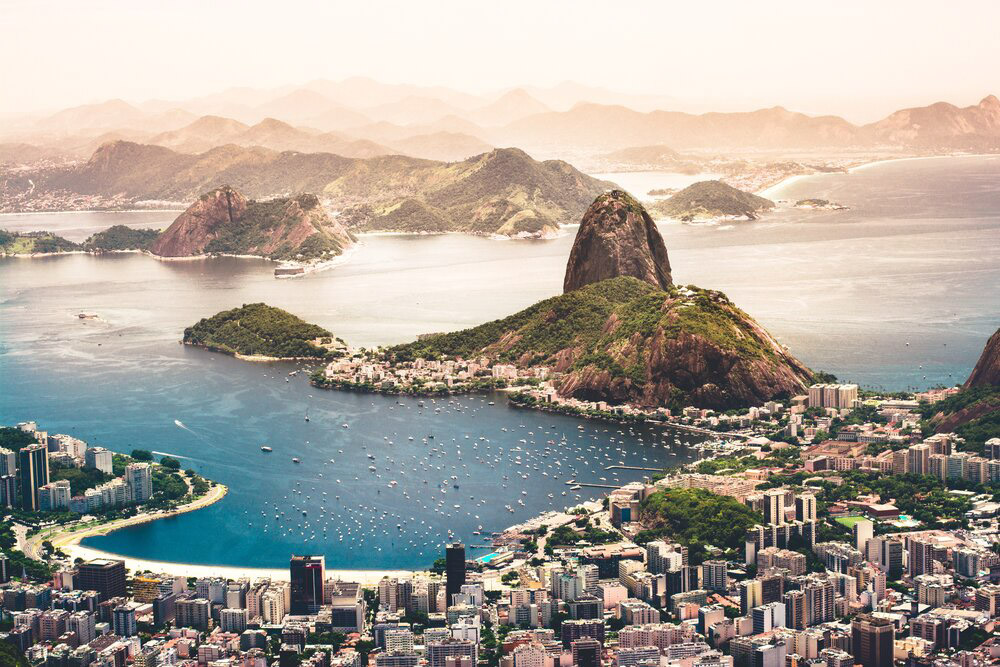

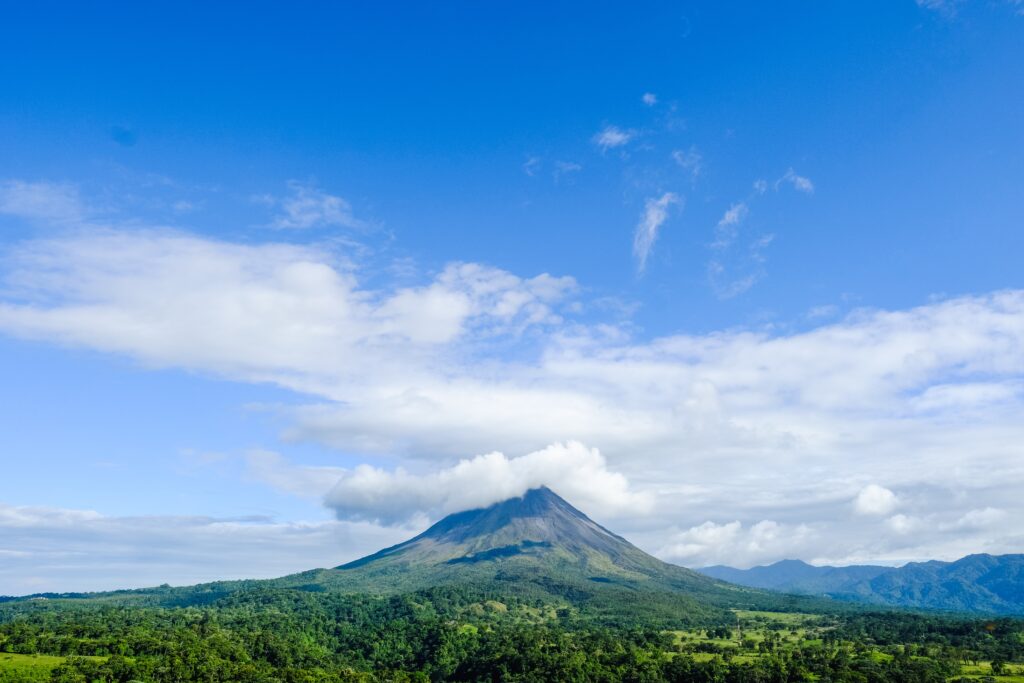

This site is protected by reCAPTCHA and the Google Privacy Policy and Terms of Service apply.